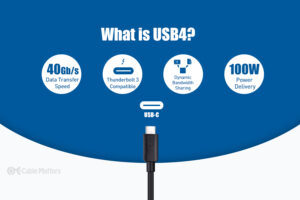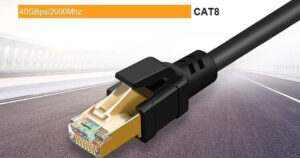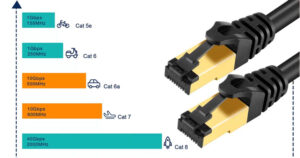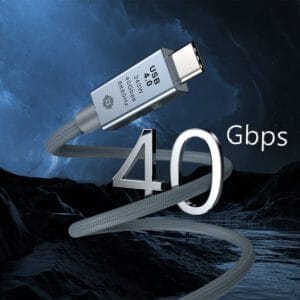
Cat6 vs. Cat7 : équilibre entre coût et performance pour les réseaux domestiques
Introduction Le choix entre les câbles Cat6 et Cat7 dépend de l'équilibre entre les exigences de performance et les contraintes budgétaires. Alors que le câble Cat7 offre des spécifications avancées, le câble Cat6 reste une solution rentable pour la plupart des installations résidentielles. Cet article analyse les capacités de blindage, les limites de la bande passante et les compromis en matière de coûts. Blindage Cat6 vs. Cat7 : Résistance au bruit dans les environnements domestiques Câble Cat6 : Disponible en version UTP (non blindée) et STP (blindée). UTP : rentable pour les zones à faible niveau d'interférence (par exemple, les salles de séjour). STP : le blindage par feuille minimise la diaphonie dans les installations denses (par exemple, à proximité d'appareils électroménagers). Cat7 : standardisé avec un blindage S/FTP (feuille individuelle + feuille globale), idéal pour les interférences électromagnétiques extrêmes mais excessif pour les habitations typiques. Aperçu des points clés : La plupart des habitations n'ont pas besoin du blindage robuste de la Cat7.












